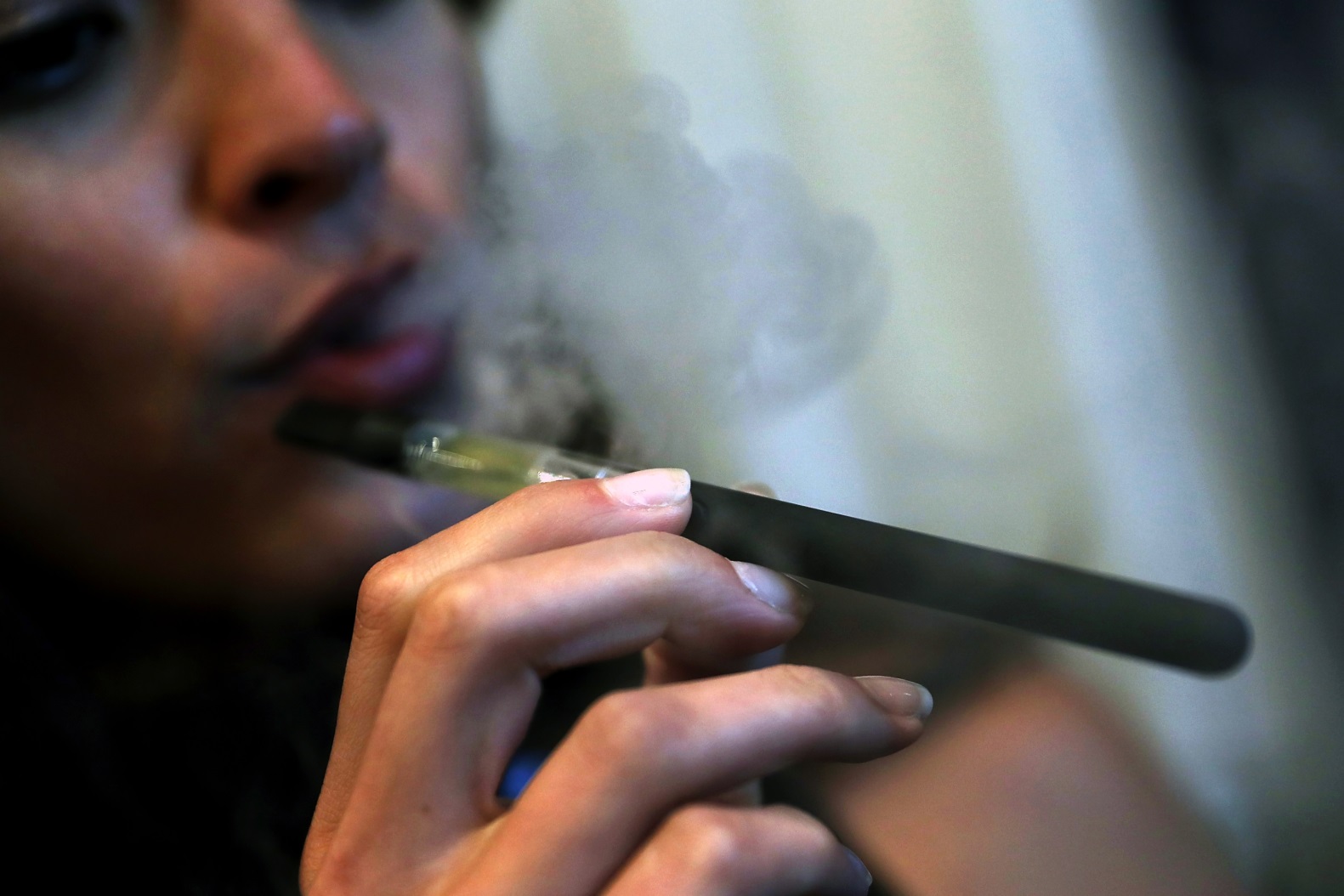In the rapidly evolving world of cannabinoid science, Hexahydrocannabinol (HHC) has emerged as a novel compound capturing the attention of consumers and researchers alike. Known for its unique properties and potential benefits, HHC has made a swift transition from laboratory curiosity to commercial powerhouse, particularly in the burgeoning vape hhc.
HHC is not a newfound discovery, but rather a compound initially synthesized in the 1940s. It wasn’t until the renaissance of cannabis research and consumer interest in alternative cannabinoids that HHC resurfaced. Unlike CBD and THC, the traditional heavyweights of the cannabis world, HHC offers a slightly different experience, with anecdotal reports suggesting a combination of therapeutic and euphoric effects.
The scientific community took note of HHC’s unique molecular structure, which resembles THC but features slight differences that could contribute to its legal status, efficacy, and stability. In HHC, hydrogen atoms are added to THC, a process known as hydrogenation, much like turning vegetable oil into margarine. This structure theoretically makes HHC more resistant to oxidation and potentially more shelf-stable than other cannabinoids.
From Extraction to Innovation
The production of HHC is more chemical-laden than the extraction methods used for CBD or THC. Given that HHC occurs in such negligible quantities naturally, its commercial quantities are typically synthesized through the aforementioned hydrogenation process, involving high-pressure and a catalyst to convert THC into HHC or by starting with other less regulated cannabinoids.
This synthesizing process was confined to the lab until recent breakthroughs allowed for commercial-scale production. Innovative organizations, following rigorous safety standards and quality controls, have fine-tuned this process to create HHC in a form suitable for vape products.
Navigating Regulation and Commercialization
The commercialization of HHC vape products has been a tightrope walk of regulatory challenges. The ambiguity surrounding HHC’s legal status –– it’s neither explicitly legal nor outright illegal on a federal level –– allowed for a window of opportunity in the relatively gray area of cannabinoid legislation.
Brands keen on tapping into the next big trend were quick to explore this loophole. They began marketing HHC vape products as a legal way to experience a THC-like high, potentially without the legal ramifications. While this appealed to consumers in states with restrictive marijuana laws, it raised substantial discussion and debate within legislative circles about the need for more explicit regulations.
Marketing and Consumer Response
Effective marketing has been crucial in introducing HHC vape products to a mainstream audience. Brands have highlighted the novelty, perceived benefits, and the supposed legality of HHC. Coupled with an increase in consumer education on cannabinoids beyond just CBD and THC, the market has seen substantial growth.
Consumers interested in exploring beyond traditional cannabis products have been drawn to HHC vape products for their reputation as a distinct experience. Testimonials and user reviews often cite a unique blend of relaxation and lucidity, although scientific research remains in its early phases to back these claims.
Future Reflections
The future of HHC vapes seems poised for potential growth with a keen eye on incoming research and regulation changes. As the scientific community deepens its understanding of HHC, and as lawmakers refine their stance on such substances, the current momentum of commercialization could face pivotal shifts.
For now, HHC vape products stand as a testament to the incredible speed at which cannabis-related innovations can move from the laboratory bench to the consumer market. It exemplifies a niche where demand for new experiences drives scientific ingenuity, followed closely by entrepreneurial vision. Assuming the trends continue, the narrative of HHC is only just beginning to unfold.










